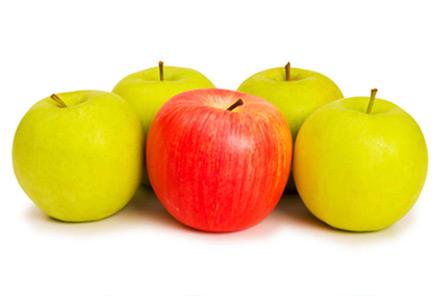Why Salience Dominates How and What You Learn
Episode #3 of the course Learning how to learn by Ace Eddleman
Retention is critical to learning, so it’s worth talking about some of the most important features of memory.
First, you should view your brain as one big “change detector.” It’s always scanning around the environment, looking for things that stand out.
Standing out is known as salience, and your brain uses salience as a signal to create new memories that it can use for making future decisions.
For example, our cave-dwelling ancestors used salience to figure out that hanging out in certain places would end with them getting eaten by saber-tooth tigers.
The logic would be something like, “Grognak and Rognar were eaten when they went into those bushes, so I’m not going into those bushes.”
This leads us to the conclusion that if we want to remember something, we need to find a way to make it memorable.
It’s easier to do this in our day-to-day lives because it happens automatically in many situations without any effort on our part. You’re bound to remember unusual events in your life because that’s what your brain is programmed to do.
But getting salience involved with other types of knowledge is not something that many people bother with. They expect that reading something or watching a video 1 time will magically ensure that they remember it—but they’re wrong.
Just think about all the books you’ve read and consider how little of each one you remember!
You need to come up with ways to create “tags” (researchers refer to them as cues) for each bit of knowledge you want to remember. Then you need to come up with a way to create links between those cues and your memories.
There are a variety of methods that will eventually get you the result you’re looking for. But you should be looking for solutions that are both efficient and effective.
One easy way to do this is to use programs like Anki, which I mentioned in the first lesson. It allows you to create flashcards with attached media files, such as pictures, sounds, and videos.
Each time you create a flashcard, at the very least, find an image that you can associate with the content of that flashcard. It’s pretty easy to do, even with the basic flashcard types that Anki comes with.
For example, if you want to make flashcards about the concept of salience, you can use this image (which I found by going to Google Images and typing in “salience”):

Salient cues are the ones that stand out the most and are the most relevant to the concept you’re trying to remember. In this case, we have a very clear, bright image, and it is a perfect example of the idea you want to remember.
As you’re working on learning new things, think about how you can incorporate salience. Find ways to make things stand out in your mind and create long-lasting memories.
That’s all for today. Tomorrow, we’ll go over how to make learning easier by breaking it down into small pieces. See you then!
Recommended reading
The effect of visual salience on memory-based choices
Recommended book
How We Learn: The Surprising Truth about When, Where, and Why It Happens by Benedict Carey
Share with friends

